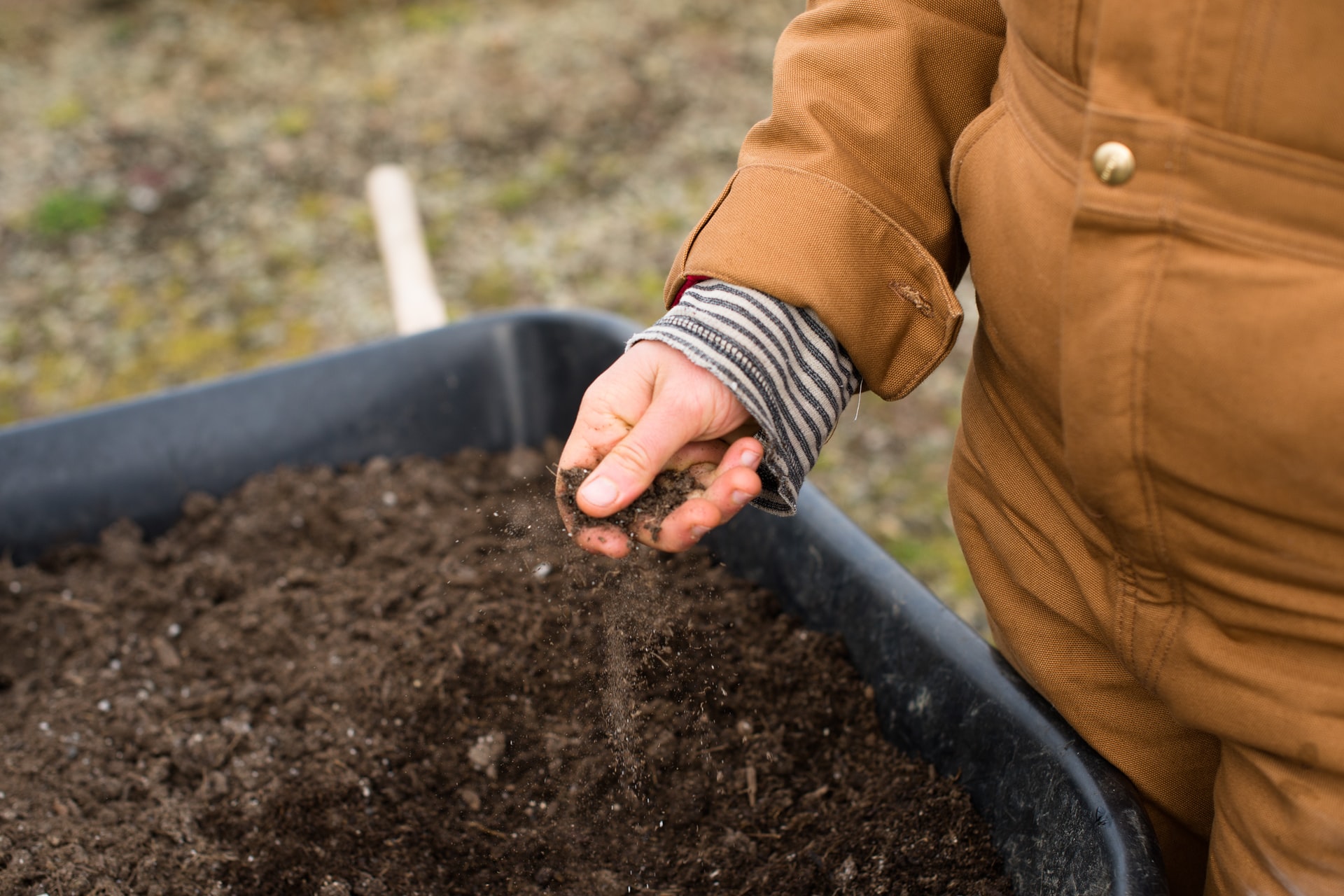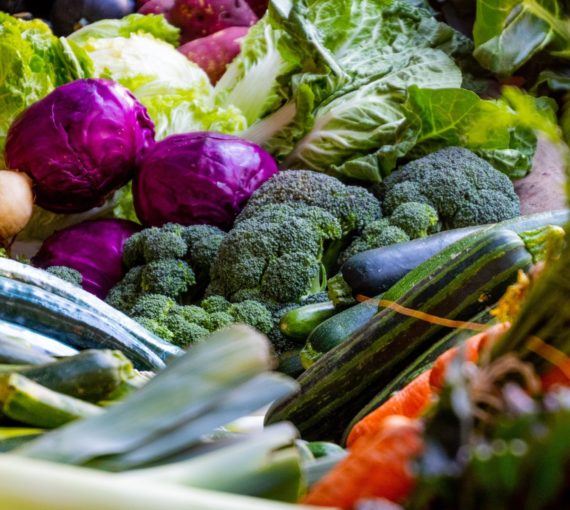
In recent years, conventional farming, with its practice of plowing and tilling, has done much to deplete soils of their carbon, but “regenerative” agriculture can bring it back. (Photo: Zoe Schaeffer via Unsplash)
Ontario’s recent pledge to construct major highways on environmentally sensitive land is harmful in many ways, including some you might not think of immediately.
If the province goes ahead with Highway 413 — a massive expressway that would destroy over 400 acres of Greenbelt and run 59 kilometres from Vaughan to Halton Hills — it will have terrible impacts on our soil and agriculture. Environmental Defence says the project would pave “over 2,000 acres of Class 1 and Class 2 farmland,” some of the province’s most fertile growing areas.
The Ontario Federation of Agriculture reminds us that, “from 1996 to 2016, Ontario lost 1.5 million acres of farmland to development, at a daily rate loss of 175 acres per day.” The federation adds: “Less than 5 per cent of Ontario’s land base can support agricultural production of any kind.”
Our ability to grow food in this province is already very limited. The 413 would make the situation significantly worse.
If the province goes ahead with Highway 413 — a massive expressway that would destroy over 400 acres of Greenbelt and run 59 kilometres from Vaughan to Halton Hills — it will have terrible impacts on our soil and agriculture.
The importance of protecting soil can’t be overstated. One thing we learn from emergencies is the value of self-reliance. During the current pandemic, we’ve been able to get fruit and vegetables from other countries. But what if, during the next crisis, foreign nations suspend agricultural exports? Then we’ll need to grow more food ourselves, and southern Ontario’s rich soils will be even more valuable than they are today.
Soils can also offer crucial climate solutions. They capture carbon that would otherwise contribute to atmospheric heating. Henry Pollack, who shared the 2007 Nobel Peace Prize with other members of the Intergovernmental Panel on Climate Change, says carbon can be “stored directly in the soil, with attendant benefits to both the soil and the atmosphere.”
In recent years, conventional farming, with its practice of plowing and tilling, has done much to deplete soils of their carbon, but “regenerative” agriculture can bring it back. Climate scientists Michael E. Mann and Lee R. Kump call for “improved management of agricultural lands, which will restore their ability to sequester CO2.” They add, “Positive management practices include reducing soil tillage and restoring carbon-absorbing organic soils.”
Our ability to grow food in this province is already very limited. The 413 would make the situation significantly worse.
Chris Turner, in his important book “The Leap”, describes no-till farming as a method in which “fields are not cleared at the end of the harvest. Instead, crop residues are left to cover over the field as a mulch …” This regenerative technique “sequesters substantially more carbon dioxide than tillage systems, making it doubly helpful for climate change mitigation.”
Drawdown, an authoritative guide to solving the climate crisis, argues that, practised internationally, regenerative agriculture could be one of the world’s most important climate solutions, bringing a reduction of more than 23 billion tonnes of CO2 by the year 2050.
But soil can’t fight the climate emergency, or provide us with nourishment, if it’s paved over.
Hence the importance of protecting it from wasteful, destructive and absurdly expensive highway projects like the 413.
This op-ed was originally published in The Toronto Star
Our work
Always grounded in sound evidence, the David Suzuki Foundation empowers people to take action in their communities on the environmental challenges we collectively face.






